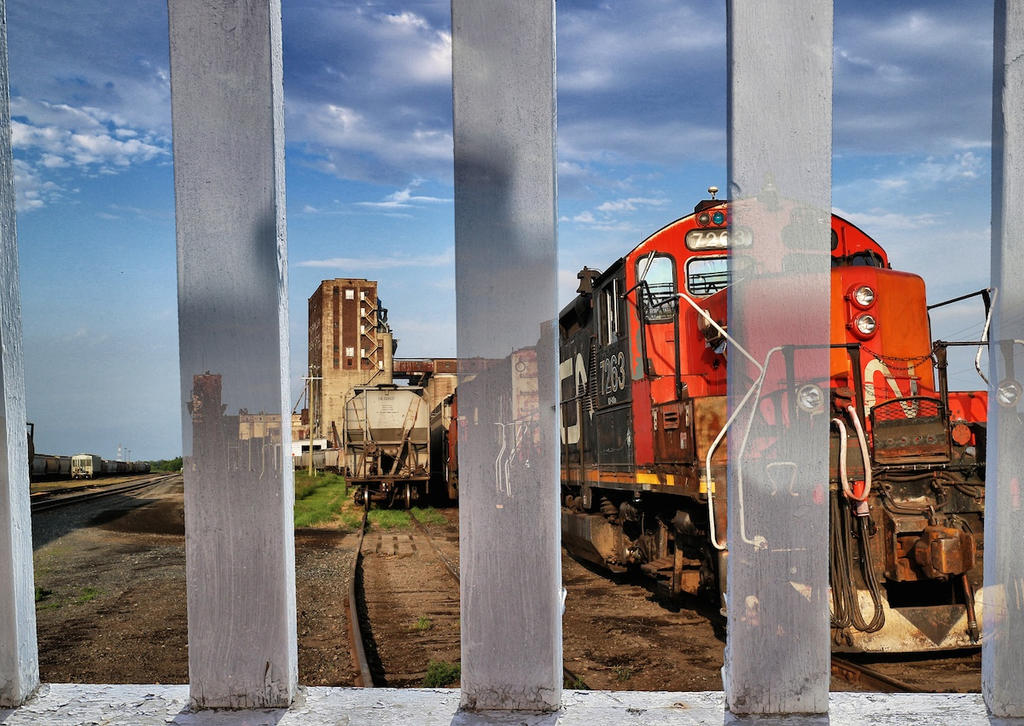Michael_Stones
Member
Paul Strand's The White Fence made an acknowledged contribution to the history of photography by offering an alternative to the then dominant Pictorialist tradition. Strand commented on the image as follows: "Why did I photograph that white fence up in Port Kent, New York, in 1916? Because the fence itself was fascinating to me. It was very much alive, very American, very much a part of the country. . ."
John Szarkowski remarked that "The White Fence ... I think, has etched itself into the pictorial memory of every young photographer who ever saw it, except perhaps for the most insensitive." Aside from the latter, which says more about the critic than the photograph, few would disagree. Go here to see The White Fence.
The history of photography has been an enduring interest of mine. Although my knowledge is far from encyclopedic (as befits a hobbyist rather than a professional), what struck me was that paradigms established by earlier masters often become those adopted by succeeding generations of photographers, setting the standards by which the latter judge their own work and that of others. There's nothing wrong with that, although remember that The White Fence itself represented a conceptual and technical rebellion against an earlier tradition.
What Strand sought to convey was that the recording of transient everyday things, people and occurrences provided an appropriate subject matter for photography. A Paul Strand retrospective at the Philadelphia Museum of Art showed just how ephemeral were the targets he photographed. He would have liked that. Because Strand's ornate White Fence is no longer a substantial boundary marker around American properties, I hope he would not have objected too strongly to the following reinterpretation. The setting is Thunder Bay today but reaches back toward a traditional grain port industry that remains very much alive.
Cheers, Mike.

John Szarkowski remarked that "The White Fence ... I think, has etched itself into the pictorial memory of every young photographer who ever saw it, except perhaps for the most insensitive." Aside from the latter, which says more about the critic than the photograph, few would disagree. Go here to see The White Fence.
The history of photography has been an enduring interest of mine. Although my knowledge is far from encyclopedic (as befits a hobbyist rather than a professional), what struck me was that paradigms established by earlier masters often become those adopted by succeeding generations of photographers, setting the standards by which the latter judge their own work and that of others. There's nothing wrong with that, although remember that The White Fence itself represented a conceptual and technical rebellion against an earlier tradition.
What Strand sought to convey was that the recording of transient everyday things, people and occurrences provided an appropriate subject matter for photography. A Paul Strand retrospective at the Philadelphia Museum of Art showed just how ephemeral were the targets he photographed. He would have liked that. Because Strand's ornate White Fence is no longer a substantial boundary marker around American properties, I hope he would not have objected too strongly to the following reinterpretation. The setting is Thunder Bay today but reaches back toward a traditional grain port industry that remains very much alive.
Cheers, Mike.


